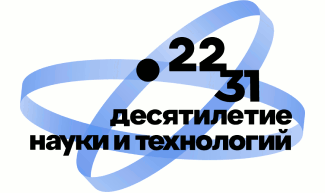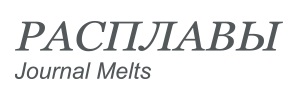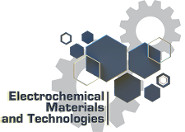Perfiliev Mikhail Vasilievich (1935-1997)
Famous Russian scientist, one of the founders of school of high-temperature electrochemistry of solid oxide electrolytes. In 1959 he graduated from Ural State Technical University, physical-technical department, and in 1961 he entered the postgraduate studentship of Ural Branch of Academy of Sciences of USSR. His PhD thesis “Kinetics of electrode processes in solid electrolytes” was defended in 1965. In this work for the first time in high-temperature electrochemistry a model of current formation on gas electrode was suggested and developed. Conceptions given in this model are widely used nowadays. At the end of 60th Mikhail Vasilievich worked a lot with impedance of electrochemical systems with solid oxide electrolyte and obtained very important result – the separation method of bulk and grain conduction in polycrystalline solid electrolytes (1971). This method allowed studying comprehensively the impact of the grain boundaries in polycrystalline solid electrolyte on its transport properties.
In the later works the general regularities of conductivity in polycrystalline solid electrolytes in dependence on grain size, and presence of different admixtures in the grain boundaries were established. At the beginning of 70th Mikhail Vasilievich organized a professional group of co-workers, mostly of his students, that enabled to perform investigations into several directions. One of them is the impact of the grain boundaries in polycrystalline solid electrolyte on its transport properties. Another one and probably the most important is high-temperature gases electrolysis. In this direction the systematic kinetics study of СО2 and Н2О electrochemical decomposition were carried out. The kinetic regularities of electroreduction of CO to carbon in solid oxide electrolytes were obtained for the first time. The electrochemical cell with gas diffuser channel was first used for these studies. It gave a powerful impulse to the theoretical research related to solid electrolytes. A number of high-activity electrodes for high-temperature electrolyzers were developed. The model of current formation on the electrode made of porous metal matrix with mixed electron-ion conductors was proposed. The main issues concerning the batteries and electrolyzers constructions as well as their operating parameters were solved. A series of works regarding the kinetics of deteriorating solid electrolytes based on ZrO2 was completed. In 1988 the basic results of this project were summarized in the monograph “High-temperature electrolysis of gases”.
The first monograph “Electrochemistry of solid electrolytes” written in co-authorship with V.N. Chebotin was published in 1978. This fundamental study collected distinguished experimental and theoretical data in all fields of solid electrolyte electrochemistry. In 1984 this monograph was also published in the US.
Being a perfect experimentator M.V. Perfiliev constantly focused on the enlargement of methodological basis for solid electrolyte research. As a result of this activity the impedance method for polycrystalline solid electrolytes conductivity and invention of electrochemical cell with gas diffuser channel for analytical study can be mentioned. The genuine method based on thermo-e.m.f in electrochemical cells in order to define the lower temperature limit of electrode reversibility was created.
In 1984 Mikhail Vasilievich got Doctor of Science degree, and in 1985 became the head of the Kinetics lab. During this period of time he paid a lot of attention to the research concerning the creation of fuel cell on solid electrolytes. It is Mikhail Vasilievich who supported the design and development of the electrochemical generator with the power of 1kWt.
Under M.V. Perfiliev supervision 5 PhD defended their thesis and 2 of his students got the Doctor of Sciences degrees. Mikhail Vasilievich was a president of the Russian Branch of the International Society “Solid State Ionics” (ISSI). I 1993 he was given a title of Professor.





